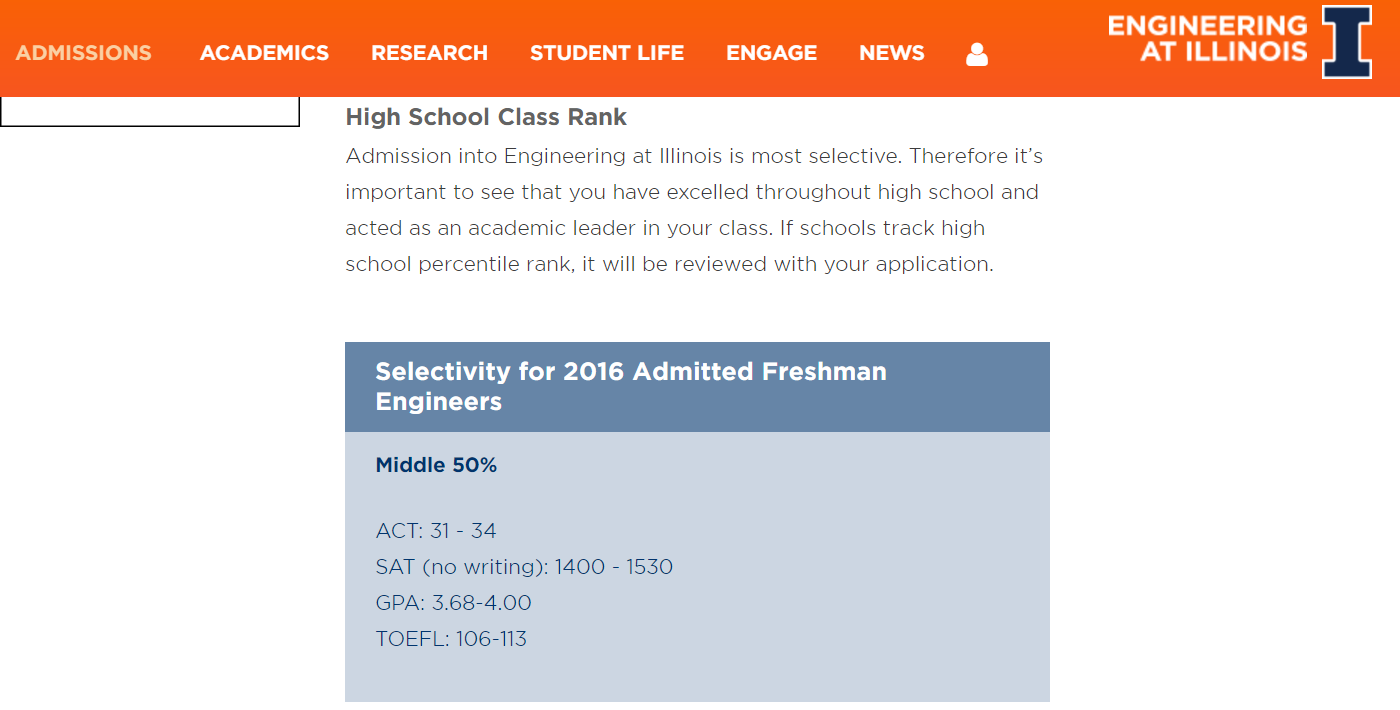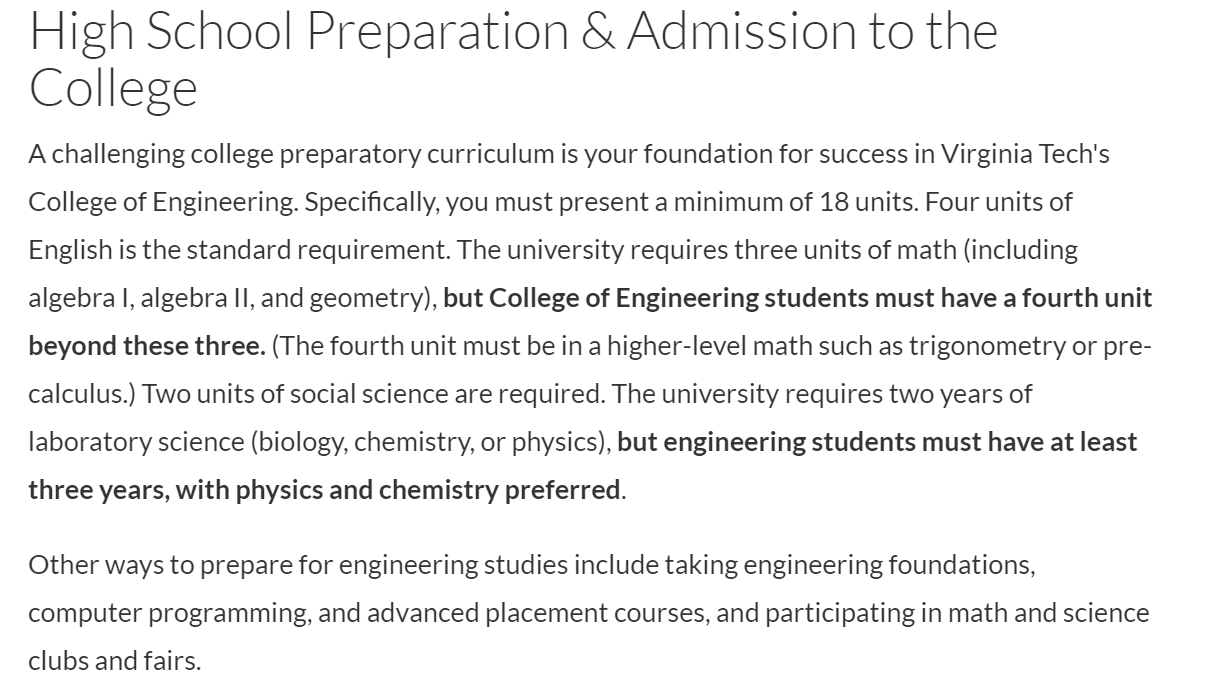At some colleges, higher academic scores are required for getting an offer of admission for an engineering major as compared to a science/math major while at other places the academic scores for an engineering and science/math major are on parity and just sometimes science is more competitive than engineering. By academic scores, we are talking about GPA, ACT, and SAT scores. Just a note here: there will always be essays, and other factors that determine an offer on admission in addition to the academic score.
Data on this subject can be hard to come by. Is there any way for a student or parent to figure out if it is really harder to get into engineering as compared to science or math. A lot of the difference depends on the structure of the university and how its departments are organized. There are essentially two kinds of university structures:
- Engineering and Sciences/Math are offered at the same college, i.e., there is no separate College of Science and College of Engineering at the university.
- Engineering offered at the College of Engineering and Sciences/Math offered at College of Arts and Science or College of Science at the university.
What we have found is that many of the universities that have separate colleges of engineering tend to have slightly different academic profiles of the admitted students as compared to the academic profile of the students admitted to the college of science at the same university.
| University | Overall | Science | Engg |
|---|---|---|---|
| Carnegie Mellon U. | 1460 | 1490 | 1480 |
| Purdue U.† | 1240 | 1270 | 1320 |
| U. of Michigan | 1400 | 1440 | |
| U. of Illinois | 1430 | 1430* | 1460 |
| UC - San Diego† | 1270 | 1290 | 1340 |
| Cal Poly, San Luis Obispo | 1390 | 1390 | 1470 |
* College of Arts and Sciences. †Scores converted from old SAT scores using College Board guidelines.
| University | Overall | Science | Engg |
|---|---|---|---|
| Carnegie Mellon U. | 3.79 | 3.86 | 3.88 |
| Purdue U. | 3.72 | 3.9 | |
| U. of Michigan | 3.65 | 3.87 | 3.9 |
| U. of Illinois | 3.62 | 3.63* | 3.82 |
| UC - San Diego† | 4.05 | 4.02 | 4.16 |
| Cal Poly, San Luis Obispo† | 4.04 | 4.09 | 4.17 |
* College of Arts and Sciences. † Weighted GPAs.
This is truly one of the cases where you have to do some research. Some universities may also inform the applicants about the differences in their criteria. For example, take a look at these screenshots from the University of Illinois at Urbana-Champaign and Virginia Tech.


The upshot is that if you are interested in engineering, sciences, or math, please visit the department homepage. Make sure that you read not just about the academic profiles, but also about any subject SAT tests are required in addition to the SAT/ACT tests or any extra admission requirements.
While there is an intersection in the academics and curricula across STEM majors, there are many differences as well. Further, there is a difference in the kind of internships and job opportunities that may be available to science, math, technology, and engineering majors. We will delve into some of the commonalities as well as the differences in our subsequent posts.

